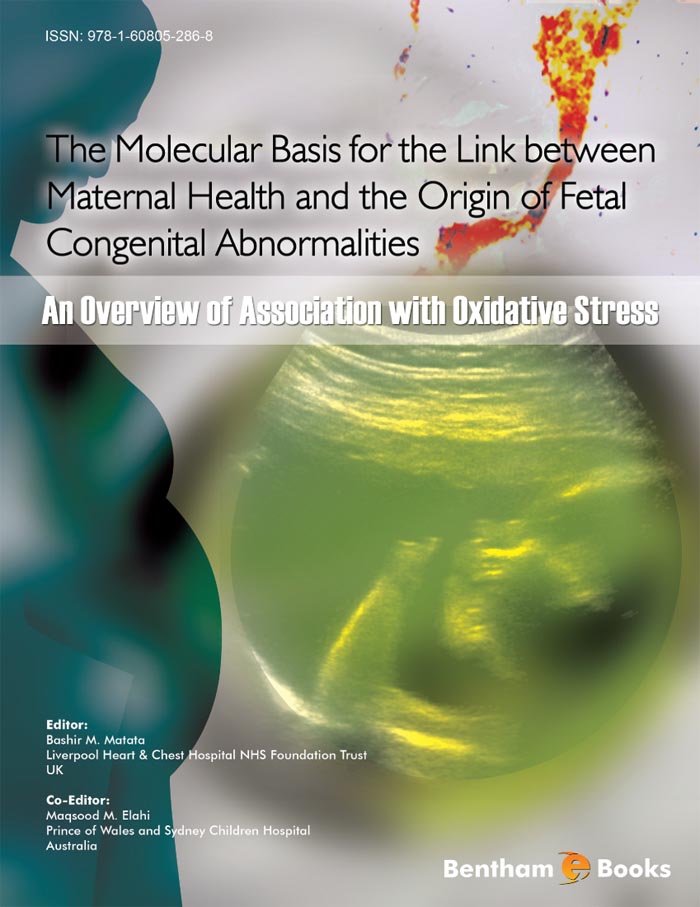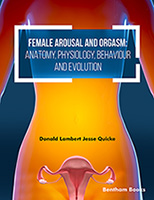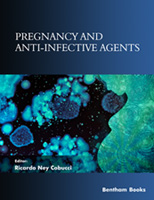Foreword
When I was a medical student taking biochemistry, a professor and an expert in protein folding explained from the lecture. “I don’t expect you to remember how proteins fold. I am here to show you a window by which you judge the world.” I am a busy clinical cardiovascular surgeon and not a molecular biochemist but I often look through his window and postulate how protein conformation could relate to antigen presentation in transplantation immunology, how proteins stick to surfaces of our extracorporeal membrane oxygenation circuits, and how genetic alterations result in abnormal protein conformations affecting tissue integrity.
Effective translational research requires that clinicians frequently refresh their view through many basic science windows. I have witnessed many successful translational research efforts in various institutions that I have been fortunate to be a part, e.g. Johns Hopkins Hospital, Mayo Clinic, University of Pittsburgh Medical Center, and Heart Science Center at Harefield, UK.
This book attempts to provide a similar integrative window view to a problem with international research interests larger than any institution. It is a collection of precise research into the mechanism of fetal oxidative stress, temporal susceptibility to the insult, and long-term sequelae. It is only through forums, like this, that the work of various laboratories is inextricably linked towards the common goal of disease prevention.
There are much epidemiological evidences that various environmental factors are associated with an increased incidence of fetal congenital abnormalities. These include maternal alcohol and cocaine abuse, exposure to radiation, exposure to pesticides, temporal exposure to certain medications (teratogens), advanced maternal age, maternal morbid obesity, and markedly elevated maternal hemoglobin A1c. The understanding of these and other associations have contributed greatly towards improved maternal and fetal health in the 20th century on individual basis. In summary, a real prevalence of fetal congenital abnormalities in the 21st century remains there. The key link remains undefined. Is it fetal oxidative stress?
In allopathic medicine, we treat end stage disease at an organ level medically or surgically often decades after the causative insult. This represents an enormous disconnect. It is quite inefficient and certainly not cost effective. Drs. Matata and Elahi present a laudable effort in reducing this disconnection. The search for prevention continues in many disease processes. Ultimately, the understanding requires a molecular approach for a complete picture. I applaud the contributing authors for their most valuable insights.
Kenton J. Zehr, M.D.
Chief, Division of Cardiothoracic Surgery
Director, Center for Aortic Disease
Scott & White Clinic
Professor of Surgery
Texas A & M University, Health Science Center, School of Medicine
Temple, Texas





